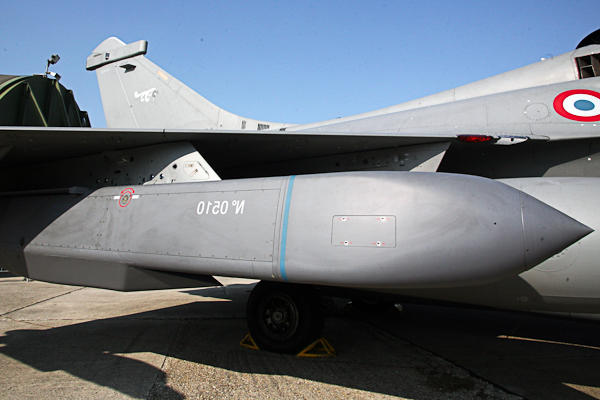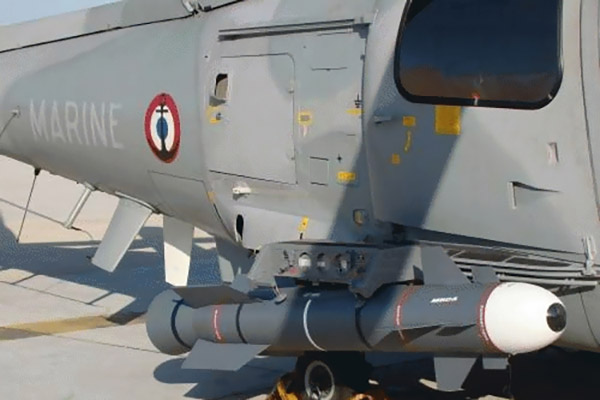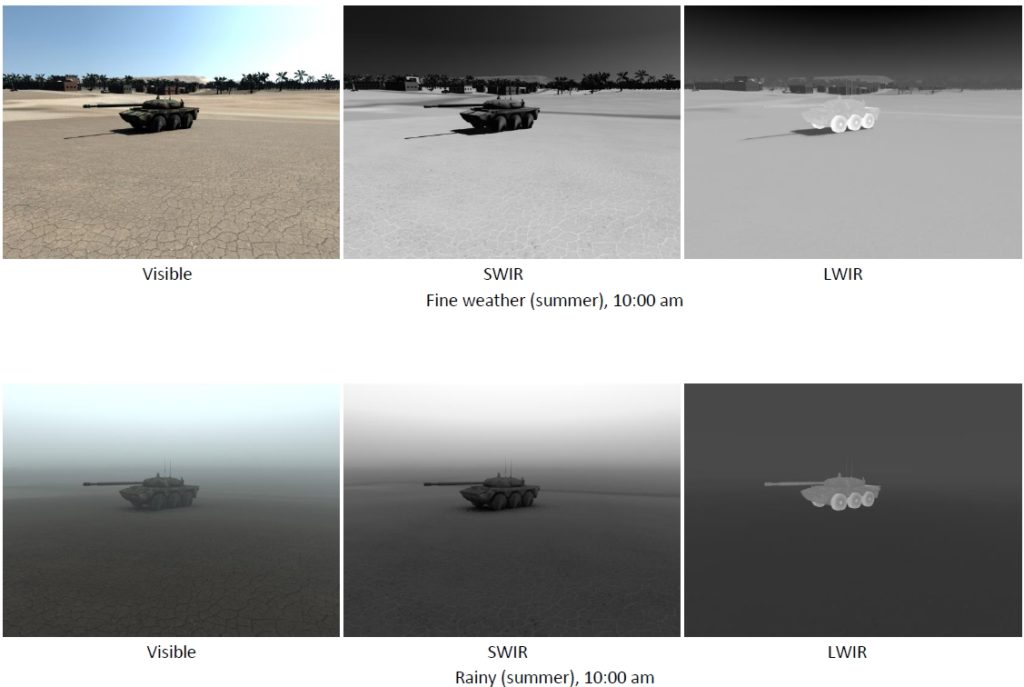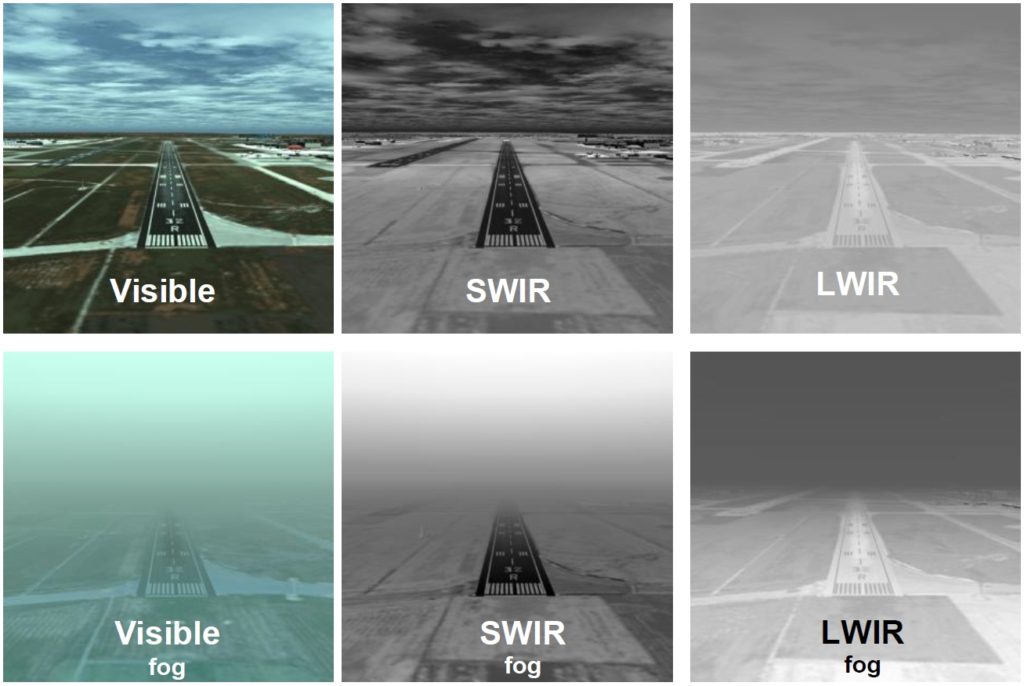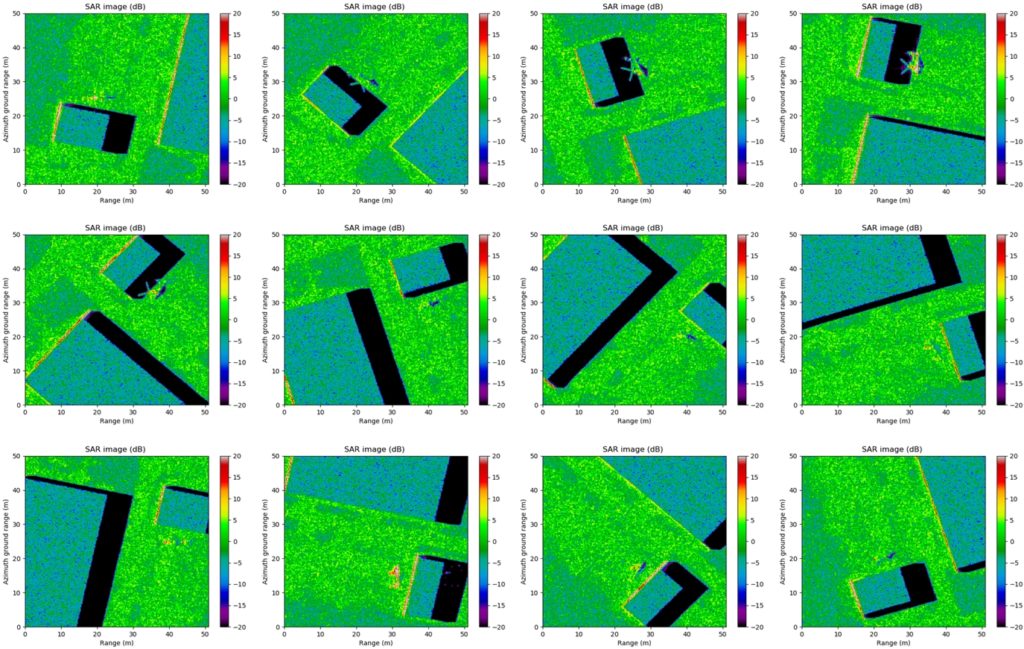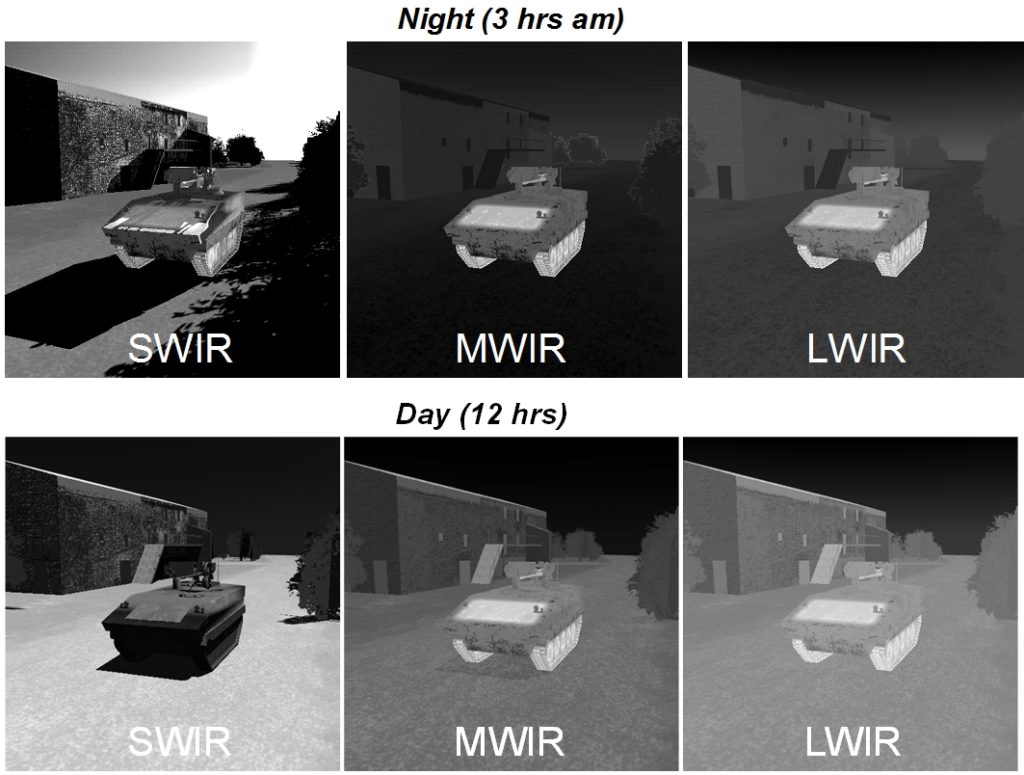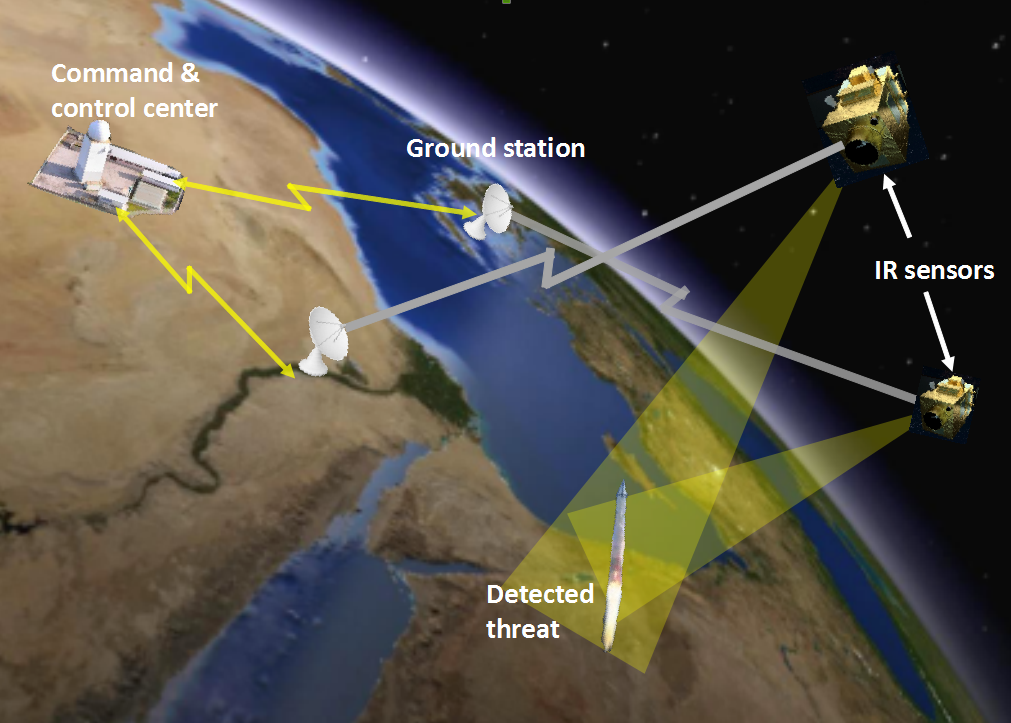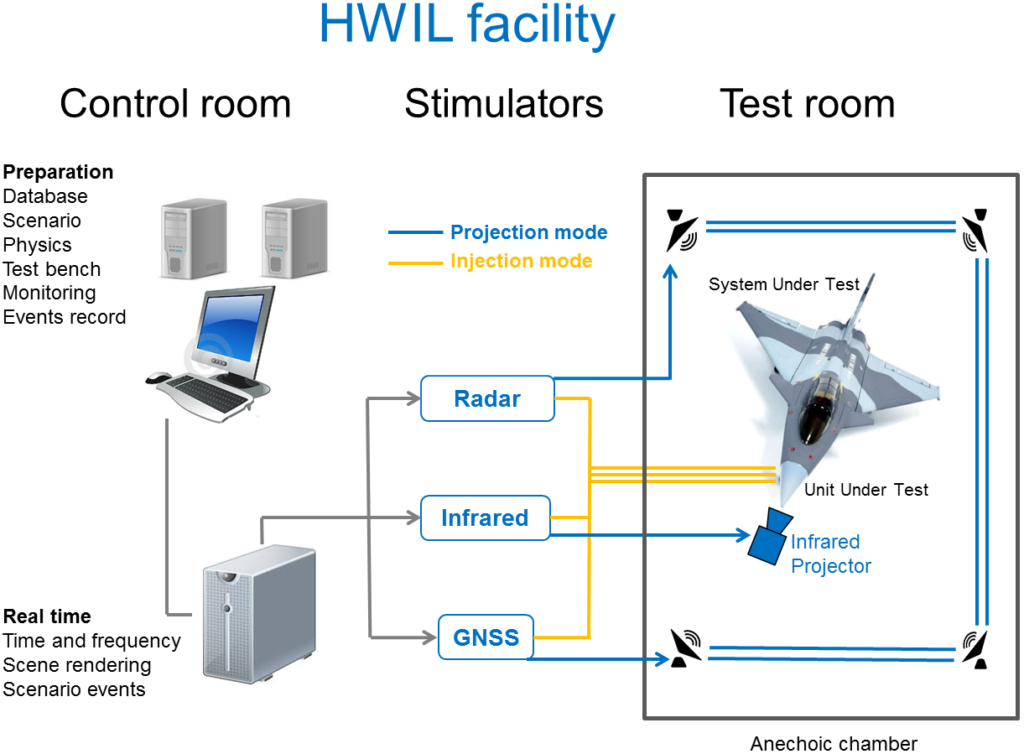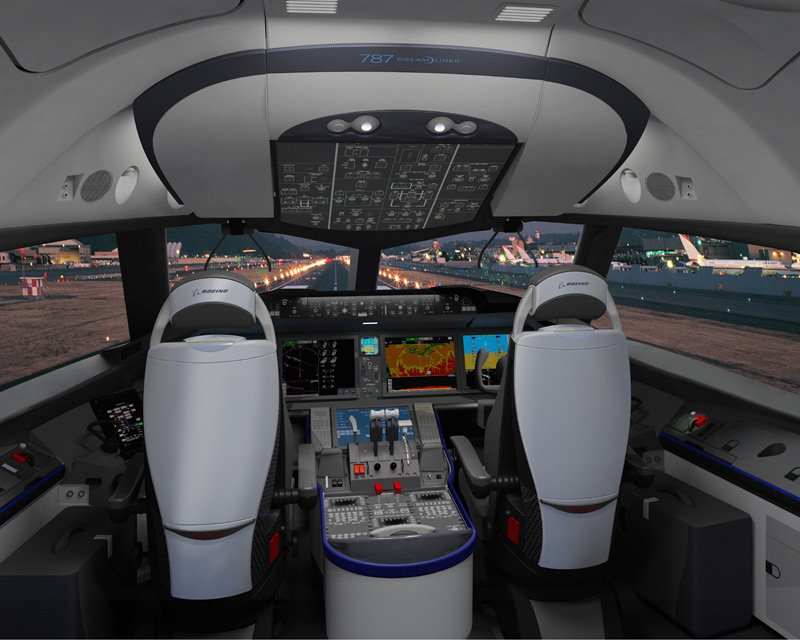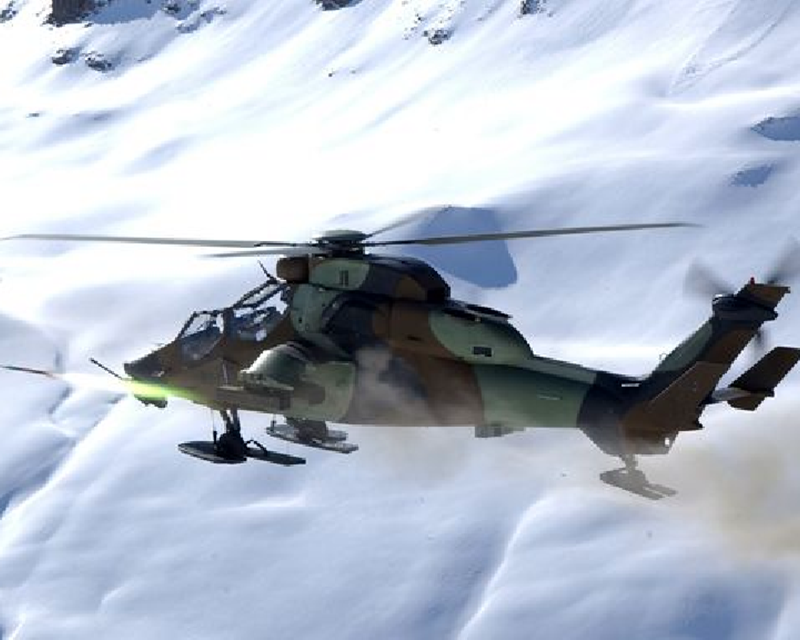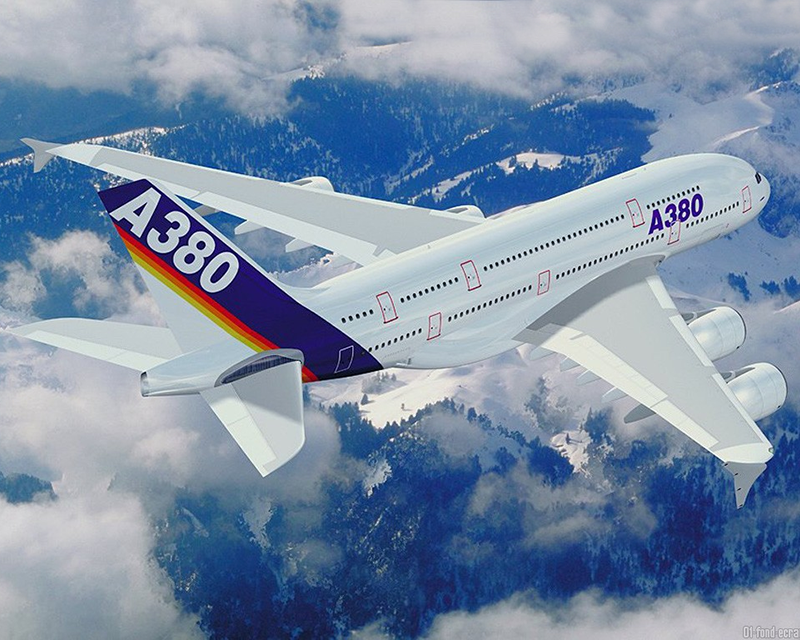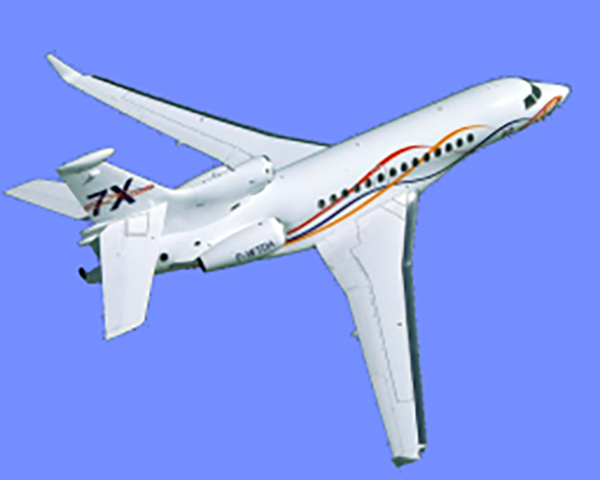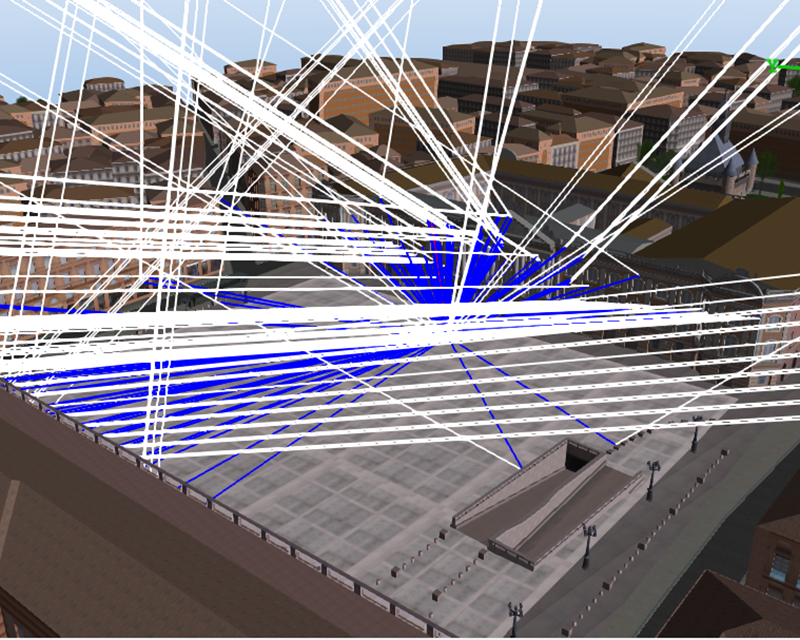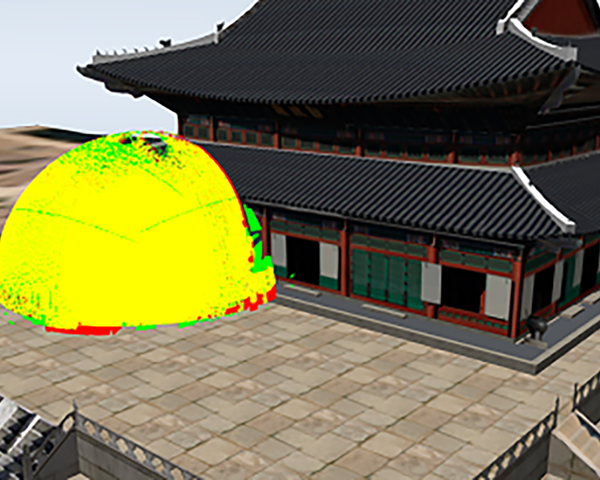SE-Workbench
System lifecycle
Thoughout the development of a system that includes sensors, the OKTAL-SE solution (“SE-Workbench”) can address the 4 major steps of the system lifecycle:
- Specification,
- Development,
- Validation and
- Qualification.
In that frame, the SE-Workbench offers a coherent and continuous chain from the beginning to the end of the production process.
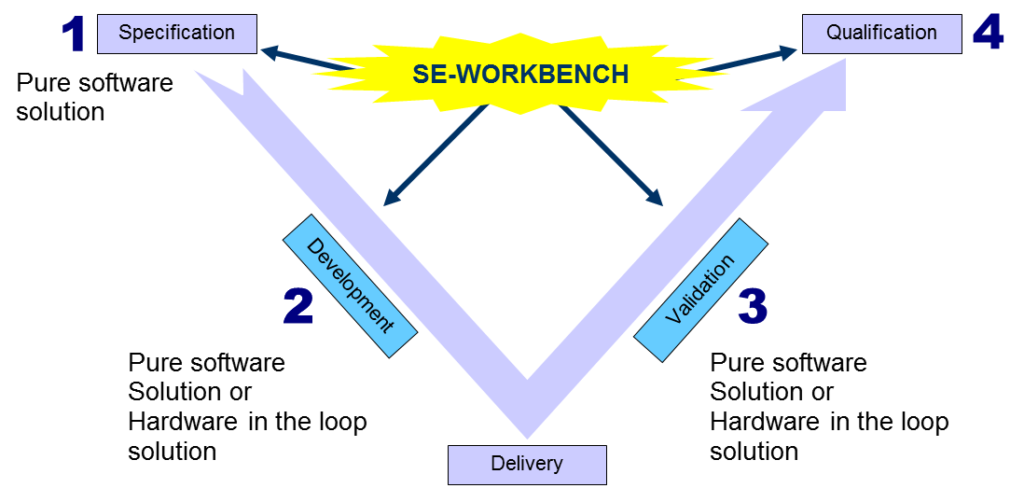
Suite of tools
Seeker development
This suite of tools has been already used and tested on major industrial programs. The MBDA-SCALP and MBDA-ANL missile programs use the SE-Workbench-EO.
The public authorities using this suite of tools have specified the infrared auto-director of these missiles. The equipment has been tested by the industry using the same environment and methods. Finally, with the help of real measurement campaign and virtual scene modeling, the final customer, using the SE-Workbench simulation, has qualified the resulting system.
Simulated training datasets
Data generation for Deep learning
Thanks to the latest improvements in machine and deep learning algorithm, data processing systems (image recognition, RF signal
processing) have reached a new step in their performance level.
However, these technologies are limited as they largely rely on
the amount of available training datasets.
OKTAL-SE provides simulated training datasets for deep-learning algorithms, with the following characteristics:
- Great amount of data (in the order of a million)
- Variability (backgrounds, objects, target, weather, time of day, season far observation range, short observation range…)
- One same scene from different angles of view
- Tagged images (metadata, distance image, object identification reference by pixel…)
- Infrared (SWIR, MWIR or LWIR) or SAR images available
- RADAR or GNSS signal available
- Possibility to tune the sensor resolution and its Field Of View
More information of image dataset creation for Deep Learning application
on the Deep Learning page
Simulation solution
Stealth studies
The assessment of camouflage, concealment, stealthiness and deception of objects (vehicles, human beings) is a complex topic due to the wide range of possible situations in which the objects can be observed.
For each of those situations, the signature of the object, as seen through a sensor, must be evaluated in its surrounding environment.
Experimental campaigns can be carried out but they address a limited number of scenarios.
An efficient approach consists in using the OKTAL-SE simulation solution in order:
- to take into account a large number of scenario
- to assess the impact of each parameter of the environment (parametric studies)
- to convince the customer/end-user of the efficiency of a solution by playing dedicated simulation scenarios in a realistic situation.
Simulation solution
Detection & Alert
In a defense and security context, protection of sensitive areas relies on the early detection then identification of incoming threats.
A network of ground and space sensors (EO & RF) can be used simultaneously to enhance the Probability Of Detection (POD) of threats.
The design of such complex systems requires the user to assess the response of such sensor network to a wide range of situations against various environments. The simulation approach is the best solution to evaluate the reliability of detection regarding all the possible parameters.
An efficient and pragmatic approach consists in using the simulation in order:
- to take into account a large number of scenarios (constellation, environment, weather, ephemerid, sensor)
- to assess the impact of each parameter via parametric studies
- to convince the customer/end-user of the efficiency of a solution by playing dedicated simulation scenarios in realistic situations.
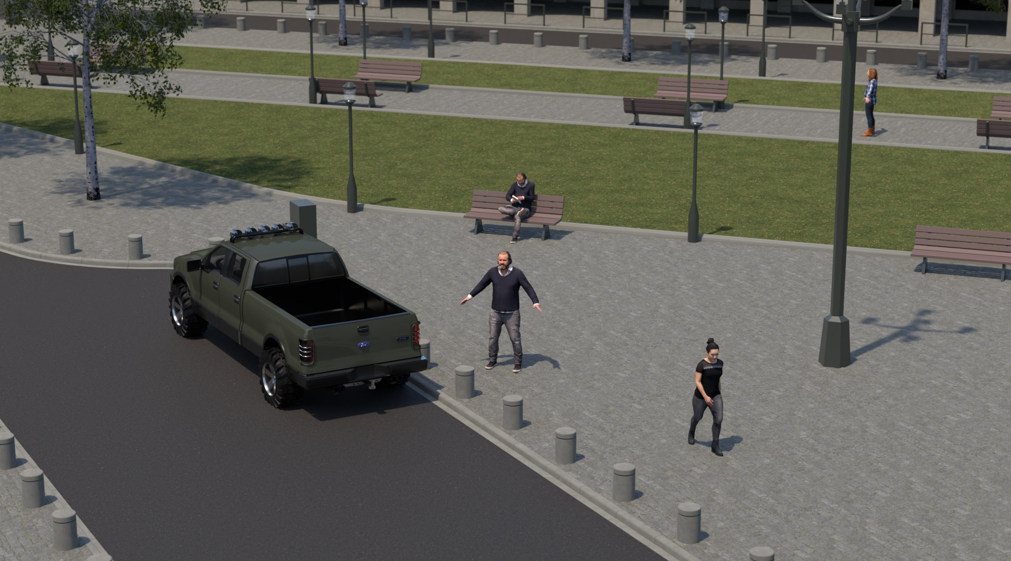
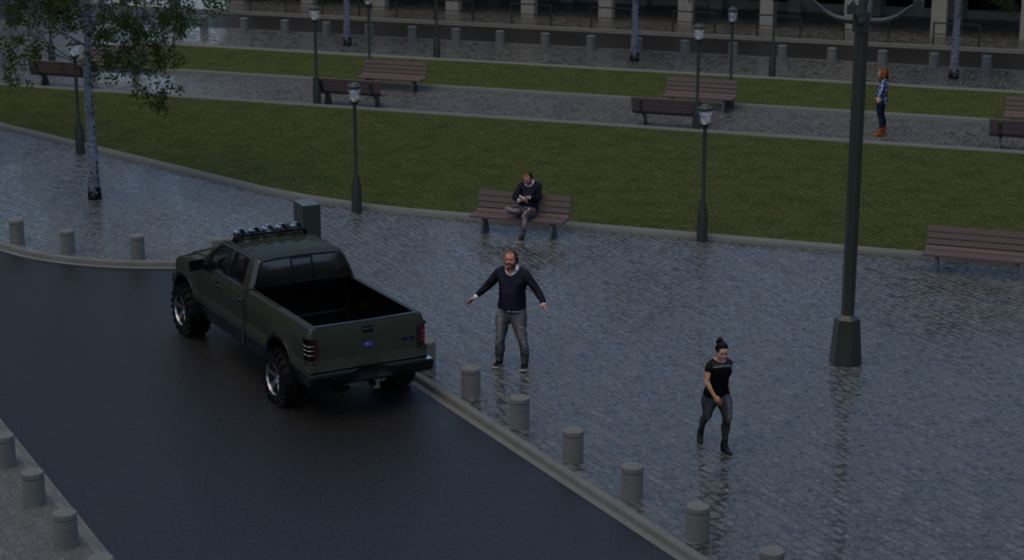
SIMULATION SOLUTIONS
Parametric Studies
The OKTAL-SE software suite is fully opened and then can be controlled by a user host application. The deterministic approach of the SE-WORKBENCH™ allows users to carry out massive parametric studies.
HWIL
HardWare In the Loop
The added value of the HardWare In the Loop approach relies on the testing of the complete system (SUT) on which the sensors (UUT) are embedded. This method allows the user to verify the interoperability of:
- the system: avionics/sensors
- the multi-sensor performance
The development of such a facility requires the user to connect software simulation tools with the hardware system (Test room and the SUT) by using stimulation technics.
Those stimulation technics depend on the sensor type:
- infrared sensor (covering also the visible domain)
- radar
- GNSS receiver
and of the HWIL mode:
- projection mode where the sensor is “illuminated” by a generated signal
- injection mode where the sensor is removed. In this case, sensor effects are simulated by software and the resulting signal is directly injected in the System Under Test
and of the exploitation mode:
- Open Loop mode where the sensor trajectory is already known
- Closed Loop mode where the sensor position and Line Of Sight is computed on line, frame after frame
Based on its proven solution in HWIL simulation, OKTAL-SE is able to provide you with a high performance package that can be adapted to any hardware systems.
EVS
Enhanced Vision System
Improving the situation awareness for the pilot and system is the key feature to increase the level of safety especially for takeoff and landing phases.
Poor weather conditions and after dark situations are addressed using multi-sensor systems. This leads to a huge amount of complex data that must be analysed and displayed to the pilot.
Designing such cockpits of the future requires the ability to simulate the rendering of such sensors in all weather conditions. OKTAL-SE products are already used for on-going projects with key-players of the aeronautic market like Airbus, Dassault, Latecoere
The FAST Image Generator solution (SE-FAST-IG) is currently used to validate proof of concept for new generation cockpit.
Simulation of sensor rendering
Sensors trade off
Simulation of sensor rendering is now intensively used in the design and development phase of new generation sensors. The main advantages are the reduction of risk, cost and development time scale. This is possible only with a validated physics based rendering engine like the SE-Workbench.
Our simulation solution is also highly valuable for performance comparison between various sensors. Playing with weather conditions and surrounding environment parameters will lead to an acute assessment of the behaviour of each sensor. Our tool (SE-Workbench) is of great support for technical procurement engineers who have to identify the optimized product for their application.
Propagation of GNSS signals
Guidance & Navigation
The OKTAL-SE offer also addresses the Guidance and Navigation domain. The company has developed a set of tools (SE-WORKBENCH-GNSS) to assess the propagation of GNSS (Global Navigation Satellite System) signals in constrained environments (e.g. urban canyons, indoor). The SE-WORKBENCH-GNSS is made up of:
- the creation of 3D realistic environments
- the conversion of existing environment files
- the propagation of a radio navigation signal within this environment
- the interface with external tools (constellators, receivers models) to provide them with interaction information
The custom use cases of the SE-WORKBENCH-GNSS are:
- Detection of black areas
- Mission rehearsal
- HW Receiver qualification

